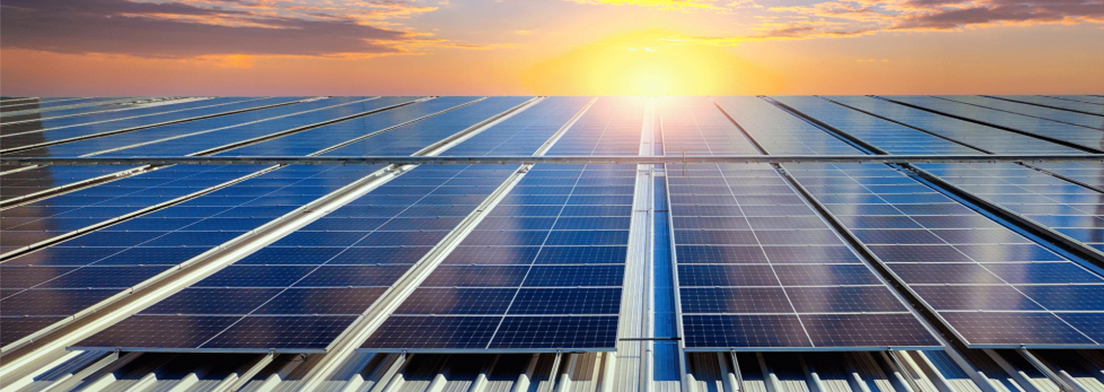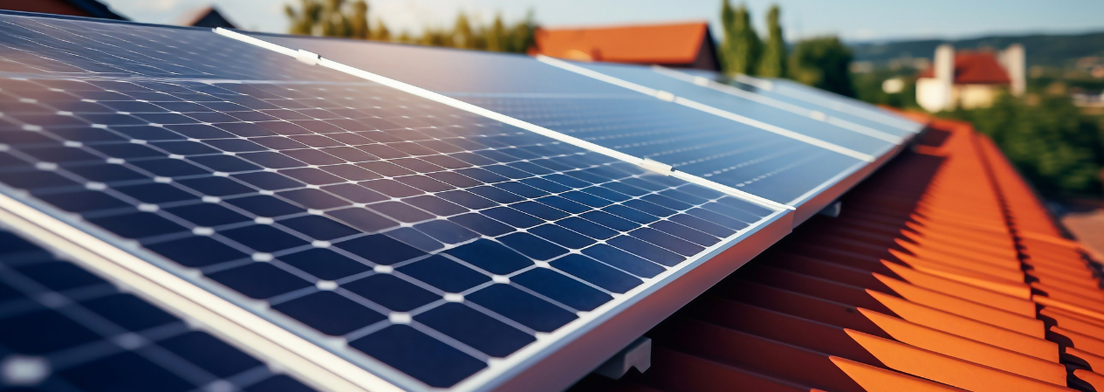As more and more homeowners and businesses embrace solar energy, understanding the crucial components of a solar system is key to optimizing its performance and longevity. While solar panels themselves are the core of a solar power system, solar roof mounting systems are the unsung heroes that ensure these panels are securely and optimally positioned. In this comprehensive guide, we will explore everything you need to know about solar roof mounting systems—from their types and components to how they contribute to overall system efficiency.

A solar roof mounting system is the structure that secures solar panels to a building’s roof, allowing the panels to remain in place and receive the optimal amount of sunlight. These systems are essential for ensuring that your solar panels stay securely fastened, even in harsh weather conditions, while also ensuring the panels are installed at the most efficient angle for energy production.
Typically, solar mounting systems are made from durable materials like aluminum, steel, or stainless steel. These materials are chosen for their ability to withstand the elements and provide a long-lasting, reliable structure for your solar panels. Solar roof mounts come in various styles, each suited to different types of roofs and installation preferences.
There are several types of solar roof mounting systems available, each suited for different roof types and energy needs. The most common types include:
Flush roof mounts are the most common solar roof mounting system used for residential installations. These mounts attach solar panels directly to the roof, keeping them as close to the surface as possible. The main advantage of flush mounts is their low profile, which provides an aesthetically pleasing appearance while ensuring the panels are securely fixed in place.
· Pros: Cost-effective, minimal visual impact, suitable for most roof types
· Cons: Limited adjustability, not ideal for roofs with low slopes
Tilted mounts elevate solar panels off the roof at a certain angle, ensuring that they are positioned at the optimal tilt for maximum solar energy absorption. These systems are especially beneficial for regions with lower sun angles, as they allow panels to be tilted to improve exposure throughout the day.
· Pros: Improved energy efficiency, customizable angle for different climates, better airflow
· Cons: Higher cost, more complex installation, more visible
Ballasted roof mounts are used when penetration into the roof isn’t possible or desirable. These systems use weight (often in the form of ballast blocks) to secure the solar panels in place. This method is commonly used for flat roofs, where penetrating the roof could cause leaks or damage.
· Pros: No roof penetration, ideal for flat or low-slope roofs, easy installation
· Cons: Requires more space, potentially heavier due to ballast
Roof hook mounts are designed to secure solar panels to sloped roofs by using hooks that attach directly to the roof rafters or beams. These mounts are ideal for homes with shingle, tile, or metal roofs, and they ensure that the solar panels remain securely in place.
· Pros: Works well for sloped roofs, simple design, highly durable
· Cons: Roof penetration required, installation may be more time-consuming
Hybrid systems combine features from different types of mounting systems to meet specific needs. For example, a hybrid system might incorporate both ballasted mounts and tilt mounts to improve solar energy collection while minimizing roof penetration.
· Pros: Highly customizable, can be designed to meet specific needs and roof configurations
· Cons: Can be more expensive due to complex design and materials

A typical solar roof mounting system consists of several key components that work together to secure the panels and ensure their efficiency:
· Solar Rails: These horizontal structures provide the foundation for mounting the panels. Rails are typically made from aluminum or stainless steel and are designed to be lightweight but durable.
· Solar Mounting Brackets: These brackets attach the solar panels to the rails and allow for adjustment to the desired tilt angle.
· Roof Hooks: For sloped roofs, roof hooks secure the mounting system to the rafters or beams.
· Module Clamps: These are used to secure the solar panels onto the rails, holding them in place to prevent shifting or movement.
· Fasteners and Bolts: These provide the necessary hardware to ensure that all components are securely fixed.
Maximizes Energy Efficiency
The main purpose of a solar roof mounting system is to ensure that the solar panels are positioned in the best way to capture sunlight. An optimal angle, as well as proper spacing, can dramatically increase the amount of energy the panels generate.
Weather-Resistant and Durable
A solar roof mounting system provides the stability needed for solar panels to withstand harsh weather conditions. Whether it’s heavy rain, snow, or strong winds, a solid mounting system ensures that your panels stay in place, keeping your energy generation consistent.
Long-Term Cost Savings
Though solar roof mounting systems involve an initial investment, they can help save on long-term costs. By ensuring that the solar panels are installed properly and securely, the system maximizes energy production and minimizes maintenance needs.
Improves Panel Lifespan
Proper mounting systems also ensure that solar panels are less susceptible to damage from environmental factors. This increases their lifespan, which helps you get more value from your investment in solar power.
Roof Type
Different types of roofs (flat, sloped, or metal) may require different mounting systems. Ensure that you select a system compatible with the type of roof you have.
Climate
Consider the local climate when choosing a mounting system. For instance, if you live in a windy or snowy area, you may want to opt for a more secure and sturdy mounting system to ensure your panels remain intact during extreme weather.
Roof Pitch and Angle
The pitch and angle of your roof affect how much sunlight your solar panels will receive. Tilted or adjustable mounts can improve solar panel performance by positioning the panels at the most optimal angle.
Installation and Maintenance
Think about the installation process and whether roof penetration is acceptable for your building. Also, consider the ongoing maintenance requirements of the system to keep it working efficiently.
Choosing the right solar roof mounting system is essential for maximizing the efficiency, durability, and lifespan of your solar installation. From flush mounts to tilted systems and ballasted mounts, there are various options to suit different roof types and environmental conditions. By selecting the best mounting system for your needs, you can ensure that your solar panels remain securely installed and continue to generate energy at their highest potential for years to come.
At Xiamen TopFence Co., Ltd, we offer a wide range of innovative and customizable solar mounting solutions tailored to residential, commercial, and industrial applications. Contact us today to learn more about how we can help you optimize your solar power system!

 Xiamen TopFence Co.,Ltd.
Xiamen TopFence Co.,Ltd. No. 77, LingXia South Road, Huli District, Xiamen City, Fujian, China
No. 77, LingXia South Road, Huli District, Xiamen City, Fujian, China Tel: +8613365923720
Tel: +8613365923720
 Email: info@xmtopfence.com
Email: info@xmtopfence.com
 IPv6 network supported Sitemap
| XML
| Blog
| Privacy Policy
IPv6 network supported Sitemap
| XML
| Blog
| Privacy Policy


